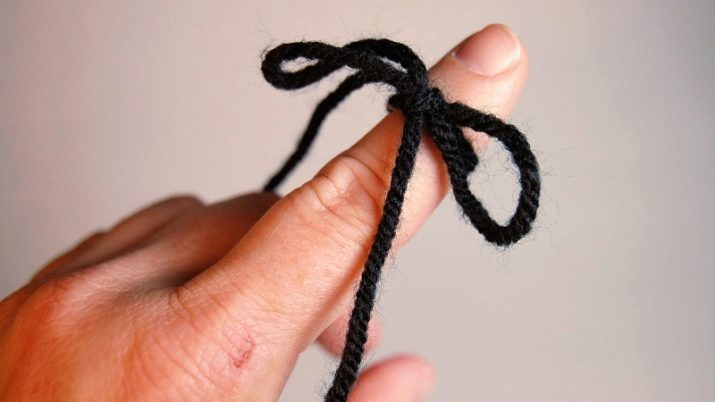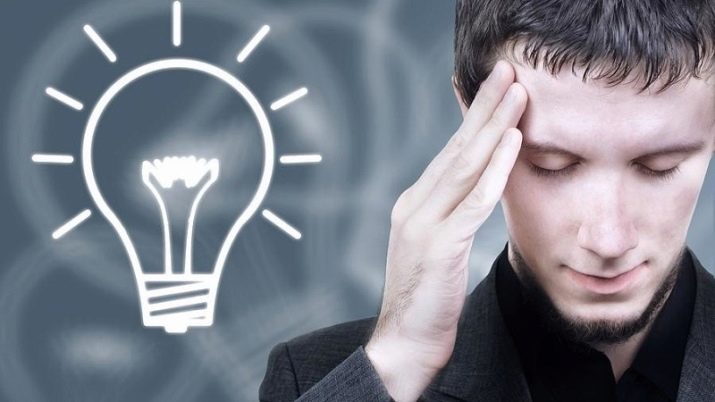Associative memory in psychology

Effective memorization and reproduction of information is facilitated by associations that entail the involuntary appearance of another image during a mental connection between two or more concepts. Subsequently, the memory is easily actualized.

What it is?
In neurophysiology, it is noted that the process of perceiving information begins from the moment it acts on receptors. External stimuli are converted into bioelectric energy. Neural networks, caused by complex chemical processes, allow a person to retain an image in memory for a long time without quantitative and qualitative losses. Thus, the physiological basis of the association is considered to be a short-term neural connection caused by conditioned reflexes.
In psychology, associativity is considered a connecting link between mental phenomena. The structure of human memory is designed in such a way that some memories are capable of generating images associated with them. A person has the ability to accumulate, retain, preserve, recognize and reproduce a huge amount of knowledge and skills, various ideas and images throughout his life.
Human memory is associative. Memories entail certain life moments in the form of a logical chain of related events. Several musical measures can evoke a wide variety of feelings. Hearing a fragment of a work, an individual can instantly remember a landscape, aroma, sound, or a loved one. Associations are invisible hooks that are retrieved from the depths of memory. They contain ideas about the accumulated life experience and lived moments, directly related to what needs to be remembered.
Primitive people used objects for memorization. For example, they took a pebble or a leaf from a tree with them. Until now, the expression "memory knot" has remained, meaning a kind of coding of information. External means of memory come to the aid of its internal process. The knot on the handkerchief is a coded image of the association.

A person's associative memory stores knowledge selectively. The brain itself filters information. Sometimes a person cannot remember an important event, but remembers some insignificant fact to the smallest detail.
The theory of associative memory is based on the concept of associations, which are represented by 3 groups.
- Adjacency associations presuppose the appearance of memories experienced at a certain moment in life. For example, having met a childhood friend, a person may recall several episodes from school time. Memories can evoke positive or negative emotions.
- Similarity associations mean the identified similarities of the emerging new image with the previously encountered human face.
- Contrast associations are able to evoke in the mind the opposite images that have already been perceived before: "beautiful" - "scary", "evil" - "kind", "sweet" - "bitter", "soft" - "hard".
The associative system of memorizing concepts is based on simplicity, originality and detail. No mental effort is required to create an association. This is a creative process. The associativity-based technique is part of the structure of many techniques. Their implementation allows you to memorize a large amount of very complex and serious information.

Influence on the development of abilities
Associative series created in human memory, help to develop various abilities:
- memorizing a solid amount of information;
- memory development;
- improving the process of memorizing new material;
- stimulation of the development of imagination and creativity;
- the ability to create new ideas.
Binding of existing knowledge to new material has an excellent effect on the development of personality abilities. To identify the ability to use associative connections, psychologists use test diagnostics.

Association principles
Information filled with meaning is deposited for a long time in the structure of the brain, and a meaningless set of words is quickly erased from memory. With the help of associations, any material is easily fixed.
Various techniques are widely used in psychology. The creation of free associations is a creative process. The individual comes up with associative series independently, depending on his vocabulary and the choice of the word closest to him. Thought turns into a real work of art. Whimsical fantasies and colorful images are especially effective in creating associations. Methods of memorizing material using associative series are very effective.
There is a concept of internal language. Each person has many single memories related to the same event. All active comparisons of the current representation of the object with the existing concepts in memory are called associative links.
The activity of some representations is an impulse for memorizing other concepts associated with memories.

The entire life lived is recorded in the form of vague or vivid memories, which are retrieved from the depths of memory when meeting new material. Each individual has certain stereotypes. For example, hearing the word “noisy”, one person imagines a busy street, another might think about a vacuum cleaner, and the third about a children's team.
At the moment of acquaintance with a person, associative connections instantly begin to form in the structure of the brain. A pleasant tone of voice can remind you of the velvety baritone of a close friend, some facial features of a colleague, etc.At the next meeting with this person, recognition occurs due to internal representations that have received activation through previously arisen associations.
There are various types of them.
- Causal... A thundercloud is associated with pouring rain. A bruise indicates a bruise or injury.
- The opposite. The contrasting image evokes the opposite association. At the sight of a white mouse, the image of a black cat can appear in the imagination.
- Proximity in time. Phenomena or facts are often united by proximity in space or time. The concepts of "heat", "heat" can be associated with summer or Africa.
- Similarity. Similar signs make it possible to mentally compare a cunning person with a fox, a cowardly person with a hare, and an awkward person with a bear. An incandescent lamp can be associated with a pear, planet Earth with a ball.

How to develop?
Associative links method great for working with children. Kids are selected pictures that resemble the original words or phrases. They are given to children and the appropriate phrases are pronounced aloud: a delicious dinner, a fun holiday, a dark night, a winter day, a mischievous doggie, a strong wind, summer rain, an old tree, strong friendship, a serious illness.
Then the sheets with the image of these concepts are removed. Toddlers are switched to another activity. After half an hour, the children receive pictures again. They should reproduce previously heard phrases.
The same technique is used when working with primary school students. For them, the tasks are gradually becoming more difficult. In younger schoolchildren, the method forms the skills of quick memorization of the material. In the future, the principle of operation will be automatically used by them for rooting in the memory of mathematical formulas, abstract concepts, complex texts, voluminous information.

There are many exercises for training the associative memory of older students and adults.
Task number 1
It is necessary to write down the numbers from 1 to 100 in a column, then fix on another sheet of 10 associations that arise with a certain digital sign.
Example:
- 1 - candle;
- 5 - smoking pipe;
- 8 - infinity sign;
- 11 - palisade;
- 14 - Valentine (Valentine's Day - February 14);
- 17 - Stirlitz (film "Seventeen Moments of Spring");
- 20 - a swan swimming in a round lake;
- 31 - New Year;
- 33 - Jesus Christ (according to the number of years lived on earth);
- 45 - a berry (because of the expression "babe will hit 45, she will become a berry again").
After rooting in the memory of vivid images corresponding to certain numbers, you need to write out a series of numbers again and write down an associative event opposite each of them. The procedure is repeated until the column runs out of all numbers.
This exercise helps you to quickly memorize an important date or phone number in the future.

Task number 2
You should remember words that are not logically related to each other. They give 10 seconds to comprehend each word. You can remember them by arranging words in an associative sequence. The brighter and more interesting the images are, the easier it is to remember them. After processing 5 images, you need to mentally reproduce the picture in your head, then you need to continue working on the next group of words.
An approximate list of words to memorize:
- painter;
- mirror;
- star;
- a fish;
- marmalade;
- carpet;
- landscape;
- table;
- spoon;
- shame;
- schoolboy;
- bath;
- cloud;
- jug;
- bullet;
- screen;
- visagiste;
- boredom;
- sand;
- rustle.

Imagine an artist standing with a brush in front of a huge mirror reflecting a bright red five-pointed star. Suddenly, a fish jumps out of this star with marmalade in its mouth and falls with a crash onto the carpet in the room. The carpet depicts a beautiful landscape. When the fish falls, it manages to knock the spoon off the table with its tail and instantly blushes with shame.
A schoolboy who witnessed these events immediately went to the bathhouse.On the street, he saw a beautiful cloud in the form of a jug, into which a bullet hit with an incredible whistle. The makeup artist saw these events on his TV screen. His cheekbone tightened with boredom. The face was so distorted that the makeup artist immediately began to rub it with sand. At that moment, the rustle of the sheets of the opened book was heard.
At the same time, it is necessary to draw in imagination not a simple book, but an old edition in leather binding. It is necessary to clearly feel the smell of centuries-old dust emanating from the rustling huge glossy pages. The brighter the image is created, the longer it will be stored in memory.
Composing absurd text promotes long-term retention of words in long-term memory storage. The restoration of the associative chain of events allows an individual to reproduce words in a strict sequence the next day, after a week, and even after a month.
Using the method of associative links enables a person to memorize a very large number of words without difficulty.

Task number 3
It is recommended to come up with 2 words that are not related in meaning. One of them will be the beginning of the link, and the second word should complete the chain. For example, the original words are "berry" - "theater". You can get such a chain: berry - jam - cheesecake - buffet - theater.
In the following tasks, it is proposed to come up with associations based on external signs, color, smell, shape.









